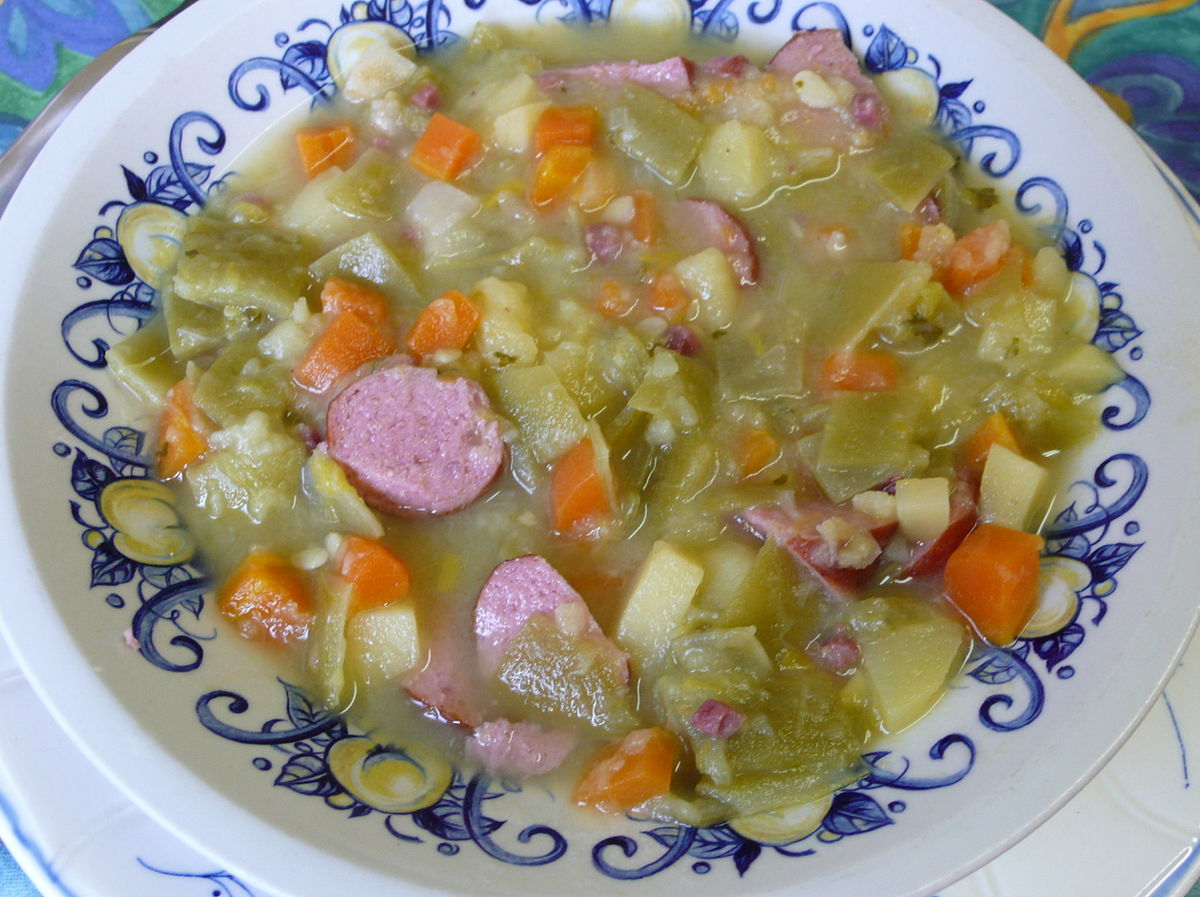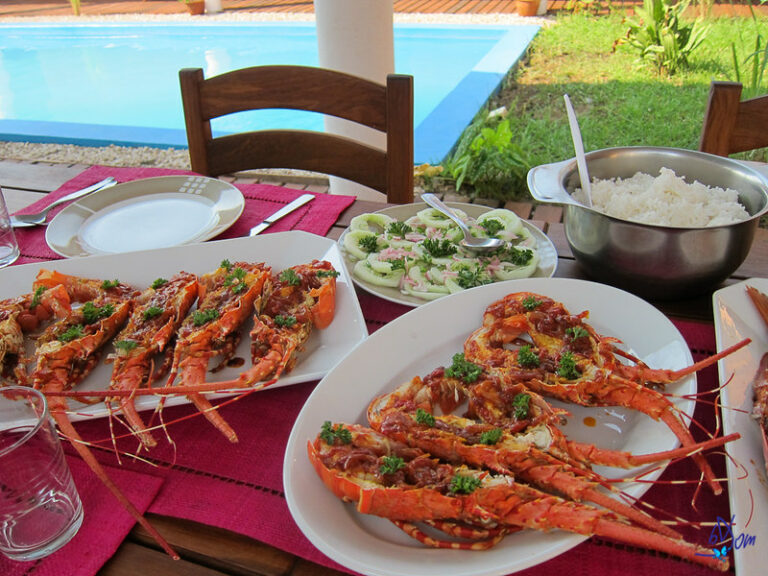Introduction: Luxembourg Cooking Overview
Luxembourg is a small country with a rich culinary heritage that draws from its neighboring countries, including France, Germany, and Belgium. The country’s cuisine is characterized by hearty dishes that feature meat, potatoes, and vegetables. Luxembourg cooking also incorporates a wide range of flavors and ingredients, including game meat, poultry, fish, and dairy products. In recent years, there has been a growing focus on using locally sourced ingredients and supporting sustainable food practices in Luxembourg cooking.
Locally Sourced Ingredients in Luxembourg
Locally sourced ingredients are becoming increasingly popular in Luxembourg cooking. The country is home to a number of small-scale farmers and producers who offer high-quality, fresh ingredients such as fruits, vegetables, meats, and dairy products. Many restaurants and grocery stores in Luxembourg now prioritize locally sourced ingredients in their menus and offerings. By using locally sourced ingredients, Luxembourg chefs can create dishes that are both delicious and sustainable, while also supporting the local economy.
Sustainable Food Practices in Luxembourg
Sustainable food practices are also gaining traction in Luxembourg. Many restaurants and food producers are adopting environmentally friendly practices such as reducing food waste, composting, and using renewable energy sources. Some farmers in Luxembourg are also choosing to use organic farming methods to produce their crops and livestock, which reduces the environmental impact of food production. These practices not only benefit the environment but also contribute to the overall health and well-being of the community.
Restaurants in Luxembourg: Farm-to-Table Movement
The farm-to-table movement has gained significant momentum in Luxembourg in recent years. Many restaurants in the country have begun sourcing their ingredients directly from local farmers and producers, creating a direct connection between the food and the people who produce it. This approach to cooking allows chefs to create dishes that are fresh, healthy, and sustainable, while also supporting local farmers and producers. The farm-to-table movement is a great example of how Luxembourg is working to build a more sustainable food system.
Luxembourg’s Culinary Culture: Emphasis on Sustainability
Luxembourg’s culinary culture has always been focused on using fresh, high-quality ingredients. However, in recent years, there has been a growing emphasis on sustainability and environmental responsibility. Many chefs and restaurants in Luxembourg are now using sustainable practices such as reducing waste, composting, and using locally sourced ingredients. This emphasis on sustainability not only benefits the environment but also promotes a healthier, more responsible approach to food production and consumption.
Conclusion: Luxembourg’s Commitment to Local and Sustainable Food
Luxembourg’s commitment to local and sustainable food is evident in the growing number of restaurants and food producers that prioritize environmentally friendly practices. The country’s culinary culture is rooted in using fresh, high-quality ingredients, and the emphasis on sustainability is a natural extension of this tradition. By supporting local farmers and producers and adopting sustainable practices, Luxembourg is working to build a more responsible and resilient food system that benefits both the environment and the community.




